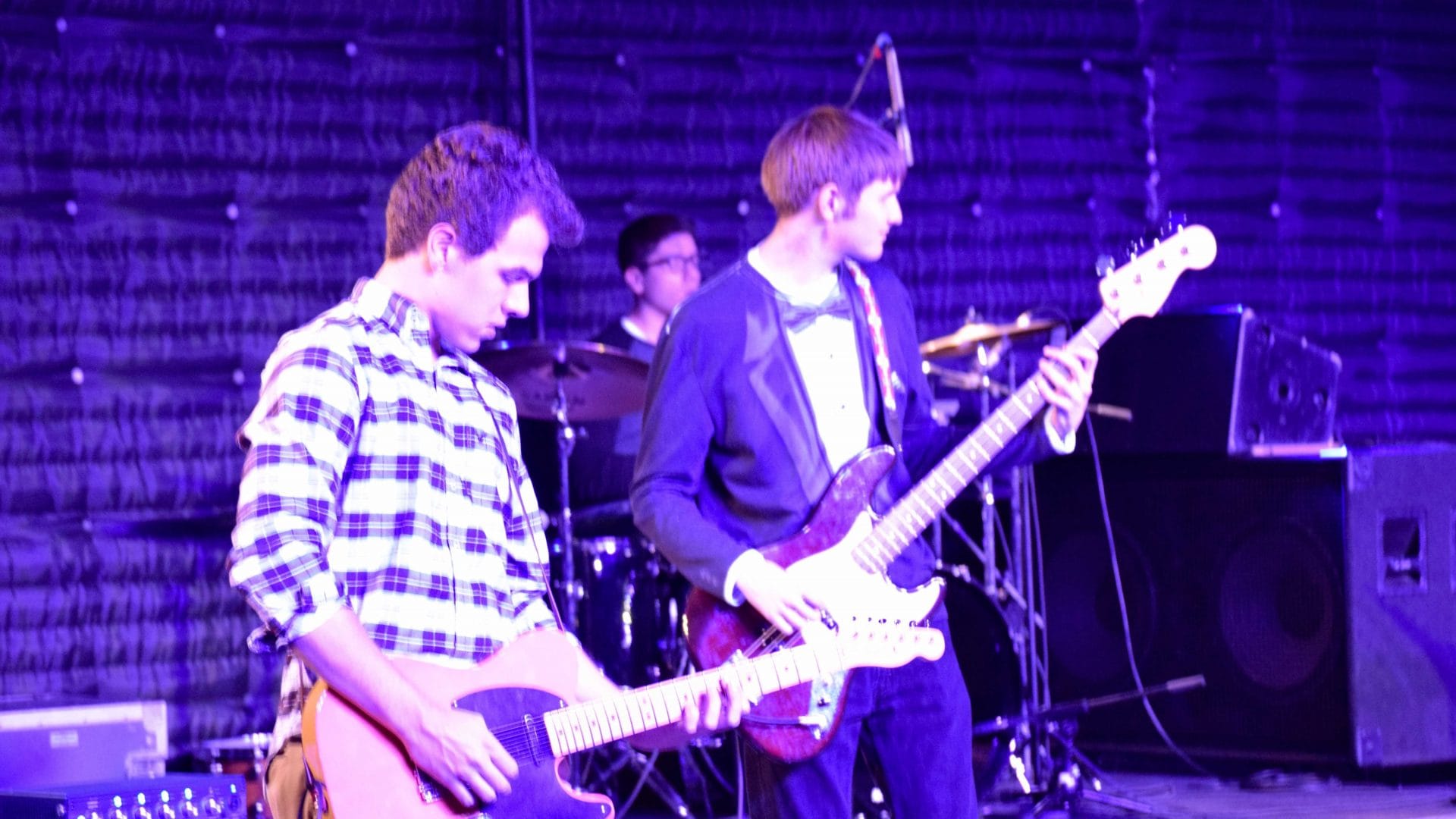The eight-day Jewish celebration of Hanukkah (it is also called the Festival of Lights) remembers the dedication of the Temple in Jerusalem after it had been recovered by the Jewish forces of Yehuda Maccabee in 164 BC. The Syrian king Antiochus IV Epiphanes (a fore-runner of the Anti-Christ, foretold in Daniel 11:21), seeking to coerce Jews into abandoning their religion and culture for that of Greece, had issued edicts forbidding circumcision, observance of Jewish Sabbaths and feast-days. He had defiled the Holy Temple by offering a sow on the altar and raising up in the Sanctuary a statue to Zeus.
As depicted in the First Book of Maccabees (an account of Jewish history found in the Apocrypha), a revolt was launched by the priest Mattathias and later led by his son Yehuda (Judas) Maccabee. It led to the defeat of the Syrian forces, and the defiled Temple was cleansed and rededicated. Another account relates how during this cleansing there was only enough sanctified oil left to burn in the menorah for one night-yet a miracle occurred and it continued burning for eight days.
The victorious warrior Yehuda ordained “that the days of the dedication of the altar should be kept in their season from year to year by the space of eight days, from the five and twentieth day of the month of Kislev, with mirth and gladness” (I Maccabees 4:59). Today, part of the celebration includes the use of a special eight-branched menorah upon which a new oil lamp or candle is lit each evening. Each light is ignited from the flame of a separate “Branch” called shamash-“servant.”
Remarkably, the Haftarah reading for this Saturday within Hanukkah, besides containing, as might be expected, a menorah, also includes the following words, “Behold, I am bringing forth My Servant the BRANCH.” Although a different word for servant is used here, there is no doubt that it refers to the Servant-Messiah, sent by the Father-the Light Inextinguishable, who illumines all coming into the world (John 1:9).
